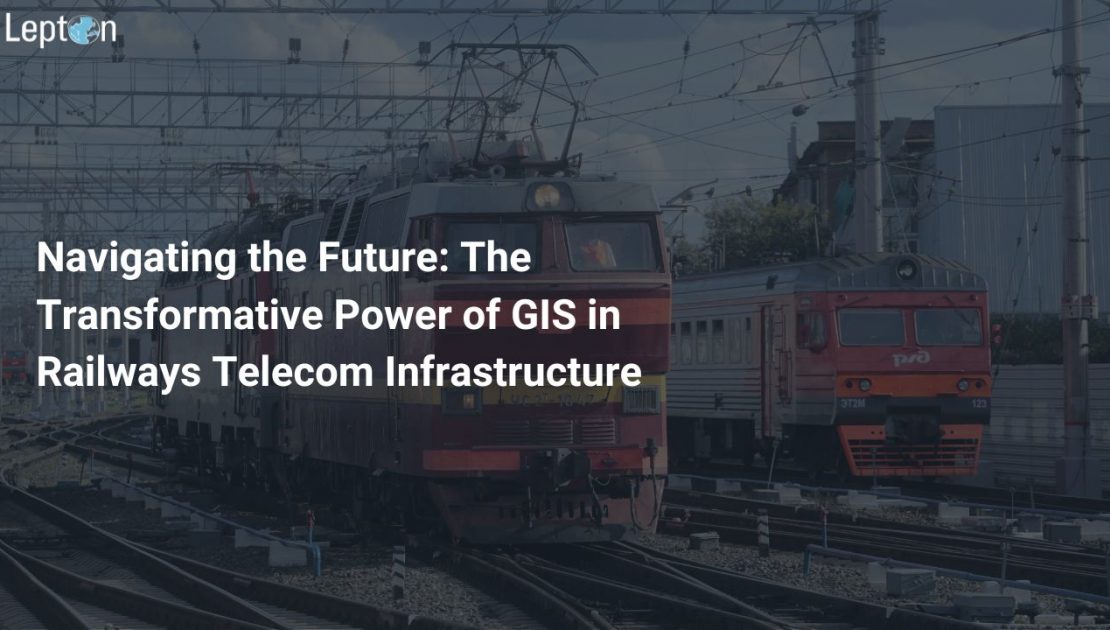In the ever-evolving landscape of telecommunications within the railway sector, the integration of Geographic Information Systems (GIS) has emerged as a game-changer. Beyond spatial visualization and optimized network planning, GIS in rail infrastructure impacts crucial facets of operations including workforce management, last-mile connectivity, and service feasibility.
Mapping the Infrastructure Horizon
Rail infrastructure GIS provides a dynamic toolset for mapping and visualizing both fiber and telecom assets. This supports effective decision-making, optimized routing, reduced installation costs, and fewer disruptions. Through GIS mapping for telecom, spatial visualization becomes the guiding force for smarter infrastructure expansion.
Real-time Insights, Real-world Impacts
GIS offers powerful, real-time monitoring capabilities. From assessing asset health to maintaining comprehensive inventories, GIS for optimizing telecom assets ensures that railways can proactively manage maintenance and reduce downtime. This increases asset lifespan while enhancing workforce productivity.
Strengthening the Foundations: Risk Management and Compliance
In a sector where resilience is paramount, GIS in railway operations becomes essential for identifying vulnerable zones and implementing mitigation strategies. It also streamlines compliance, offering transparent views of telecom infrastructure in GIS applications to meet regulatory requirements and maintain audit-ready documentation.
Collaboration Beyond Borders
Efficient coordination across departments is vital. GIS facilitates integrated telecom mapping, enabling data sharing and real-time collaboration between planning, operations, and field teams. This enhances decision-making and aligns stakeholders toward common operational goals.
Beyond the Tracks: Workforce Management
Efficient GIS-based workforce management is central to modern rail operations. GIS tools help plan maintenance schedules and allocate resources based on real-world insights. This leads to precise technician dispatch, reduced travel time, and better field productivity.
Connecting the Unreachable: Last-mile Connectivity
Railway telecom infrastructure often faces deployment challenges in remote areas. GIS telecom solutions help plan last-mile routes and assess feasibility. This enables telecom services to extend their reach into underserved regions, supporting digital inclusion and connectivity.
Feasibility Unveiled: Service Feasibility and Quality Enhancement
GIS helps railway telecom planners conduct detailed feasibility studies for new sites. From evaluating fixed telecom asset locations to capacity planning, GIS enables strategic deployments and service quality enhancements. These insights support data-driven network upgrades and optimized coverage planning.
Conclusion: Steered by GIS into a Future of Connectivity
GIS-powered tools go far beyond spatial visualization. They are transforming the way railways and telecom networks operate—ensuring smart asset management, real-time monitoring, collaborative planning, and resilient connectivity. With GIS as a strategic partner, railways can move forward confidently into a connected and efficient future.
Feel free to contact us if you’re looking for GIS solutions for Railway.


